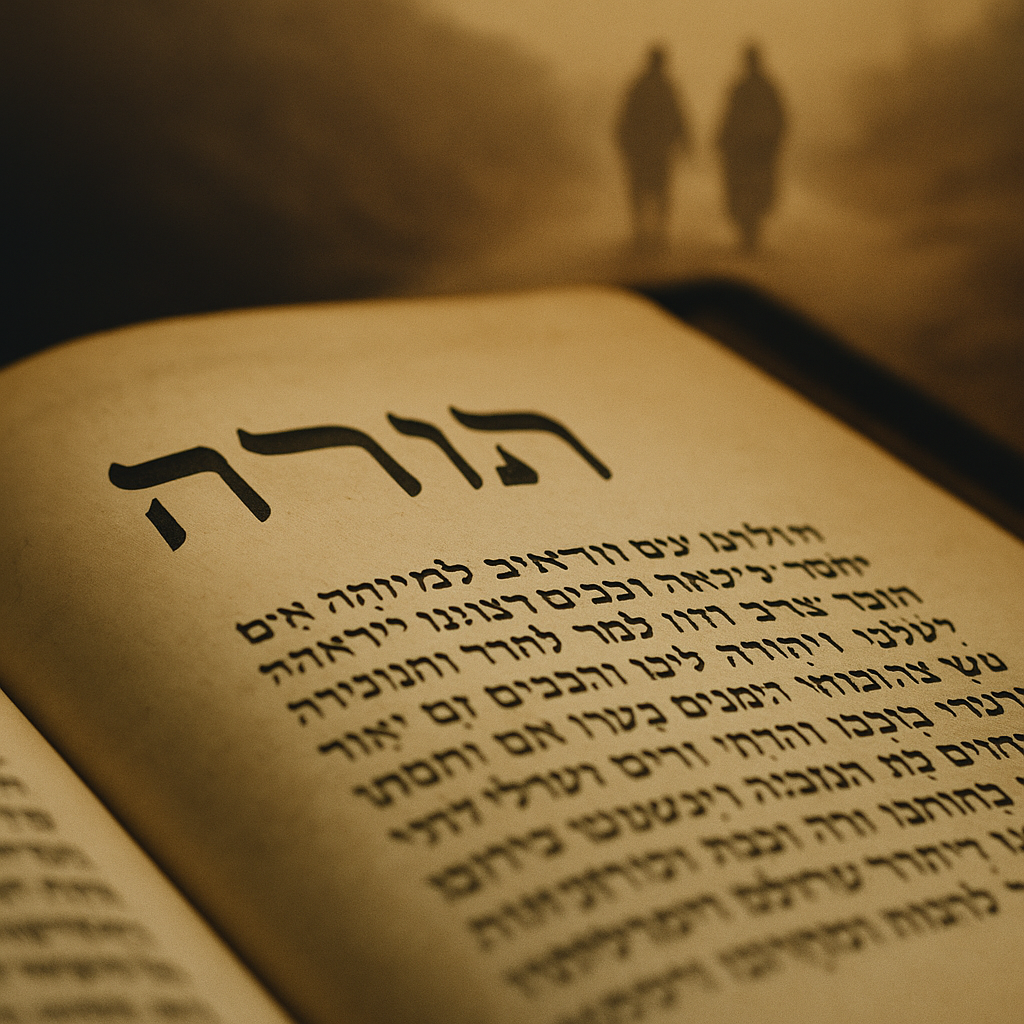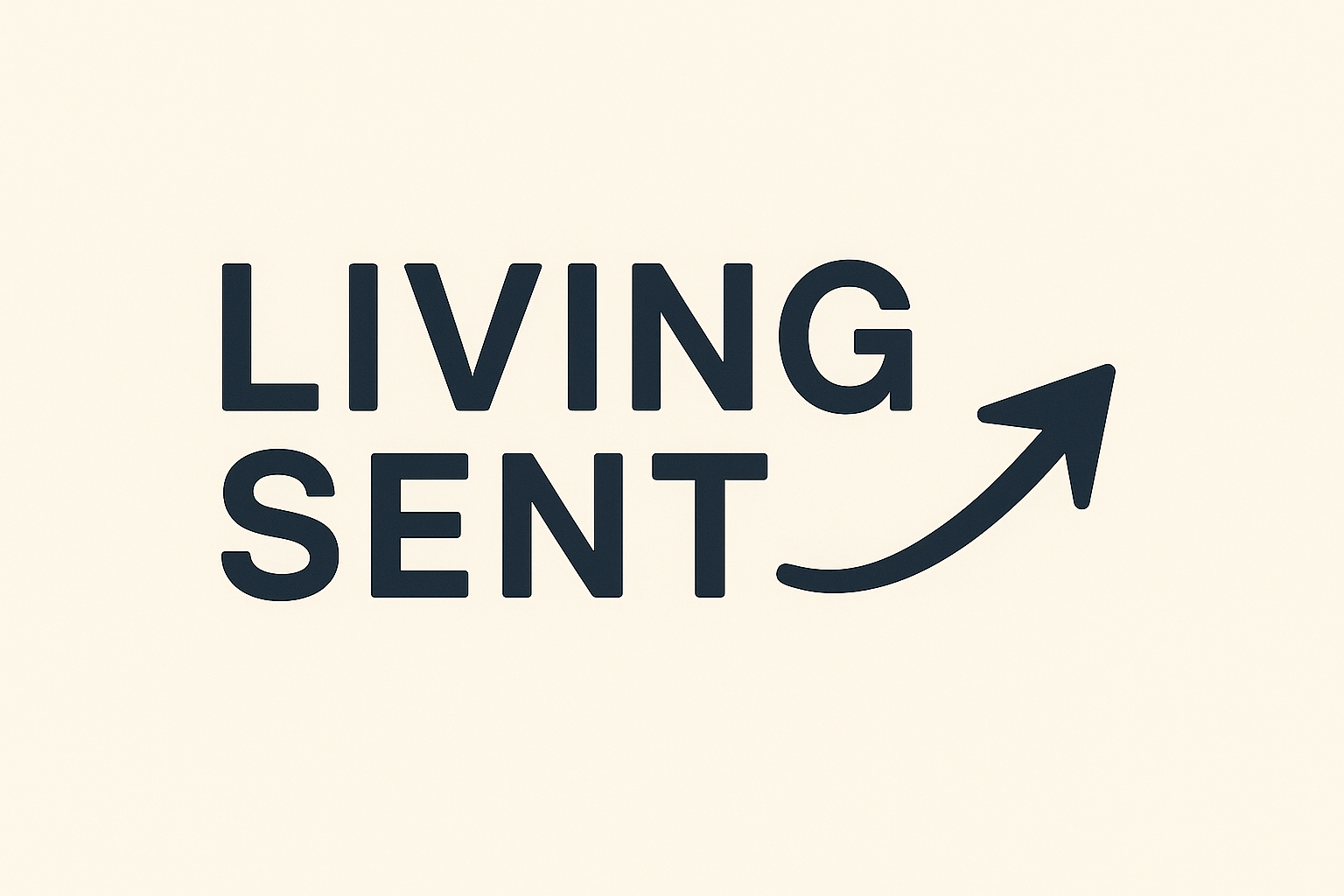Post 3 – Types and Shadows: Finding Christ in the Old Testament

This post is part of the series: "Why We Need the Old Testament—Now More Than Ever"
View the full series here
Types and Shadows: Finding Christ in the Old Testament
Subtitle: How the Old Testament Prepares Us to See and Know Jesus
When the Whole Bible Starts Pointing to Jesus
One of the most awe-inspiring moments in the Gospels comes after the resurrection, when Jesus walks with two confused disciples on the road to Emmaus. They’re grieving, doubting, and struggling to understand what just happened. Jesus meets them, and rather than introducing Himself right away, He does something surprising:
“Beginning with Moses and all the Prophets, he interpreted to them in all the Scriptures the things concerning himself.” —Luke 24:27
Jesus doesn’t just say, “Here I am.” He says, “Let me show you how the entire Old Testament was always pointing to me.”
That’s the power of types and shadows—Old Testament people, events, and institutions that foreshadow and prepare us for Christ.
When we read the Old Testament with this lens, it’s not a disconnected prequel. It becomes the soil where the gospel grows. The old becomes illuminated by the new, and the new becomes even richer because of the old.
What Are Types and Shadows?
The early church and biblical authors recognized patterns woven throughout the Old Testament that pointed forward to Jesus. These patterns are often called types (figures or examples) and shadows (incomplete glimpses of something greater).
“These are a shadow of the things to come, but the substance belongs to Christ.” —Colossians 2:17
“Now these things happened to them as an example, but they were written down for our instruction.” —1 Corinthians 10:11
A type is like a signpost—something real and historical, but also prophetic. A shadow is like a silhouette—it gives shape and outline but waits to be filled in by the real thing.
Key Examples of Types and Shadows in the Old Testament
1. Adam → Christ the New Adam
Adam represents all humanity—and fails. Jesus, the Second Adam, represents a new humanity and succeeds.
“For as in Adam all die, so also in Christ shall all be made alive.” —1 Corinthians 15:22
Where Adam disobeyed in a garden, Jesus obeyed in a garden—even to death.
2. The Passover Lamb → Christ the Final Sacrifice
The blood of the lamb protected Israel from judgment in Egypt. Jesus’ blood delivers us from ultimate judgment.
“Behold, the Lamb of God, who takes away the sin of the world!” —John 1:29
Paul says, “Christ, our Passover lamb, has been sacrificed” (1 Cor. 5:7).
3. Moses → Jesus the Greater Deliverer
Moses led Israel out of slavery into freedom. Jesus leads a new exodus—out of sin and into life.
Moses gave the law from a mountain. Jesus gave the Sermon on the Mount—not to annul the law, but to deepen and fulfill it.
4. The Tabernacle and Temple → Jesus the Presence of God
In the Old Testament, the temple was where God’s presence dwelled. But Jesus claims something shocking:
“Destroy this temple, and in three days I will raise it up… He was speaking about the temple of his body.” —John 2:19–21
Jesus is now the meeting place of heaven and earth. And through His Spirit, the Church becomes the new dwelling place of God (Eph. 2:21–22).
5. The Priesthood → Jesus Our High Priest
Old Testament priests mediated between God and the people. They had to offer sacrifices over and over.
But Hebrews tells us Jesus is the Great High Priest, who offered one sacrifice for all time—and now lives to intercede for us.
“We have a great high priest who has passed through the heavens, Jesus, the Son of God…” —Hebrews 4:14
6. The Kings of Israel → Jesus the True King
David, Israel’s greatest king, was promised an eternal throne. But his kingdom crumbled, and his line failed.
Jesus, the Son of David, fulfills that promise and reigns forever—not with violence, but through sacrifice and resurrection.
Why This Matters for Discipleship
If we miss these shadows and types, we miss how deeply rooted the gospel is in history.
Jesus doesn’t emerge in a vacuum. He is the fulfillment of centuries of anticipation.
And more than that—types and shadows teach us that God has always been telling one story. The Bible is not a disconnected anthology. It’s a unified narrative pointing to Christ.
This transforms how we read Scripture. Instead of skipping over Leviticus, we can ask, “What longing or reality is this pointing toward?”
Instead of dismissing Exodus, we see a God who delivers—and a Deliverer who is to come.
Live Sent Practice
Choose an Old Testament story you’ve read before—such as the Exodus, the Day of Atonement, the story of Ruth, or the life of David.
Ask:
- What does this story reveal about God’s heart?
- What kind of longing or hope does it stir?
- How does Jesus fulfill or complete what’s hinted at here?
Let the Old Testament become your training ground for seeing Christ in every page of Scripture.
Series Index
- Why We Need the Old Testament—Now More Than Ever
- Jesus and the Law: Fulfillment, Not Cancellation
- Types and Shadows: Finding Christ in the OT
- (Upcoming) God's Mission Didn’t Start in Matthew
- (Upcoming) Justice, Mercy, and the Prophets
- (Upcoming) How to Read the Old Testament Like Jesus
- (Upcoming) Living the Whole Story
